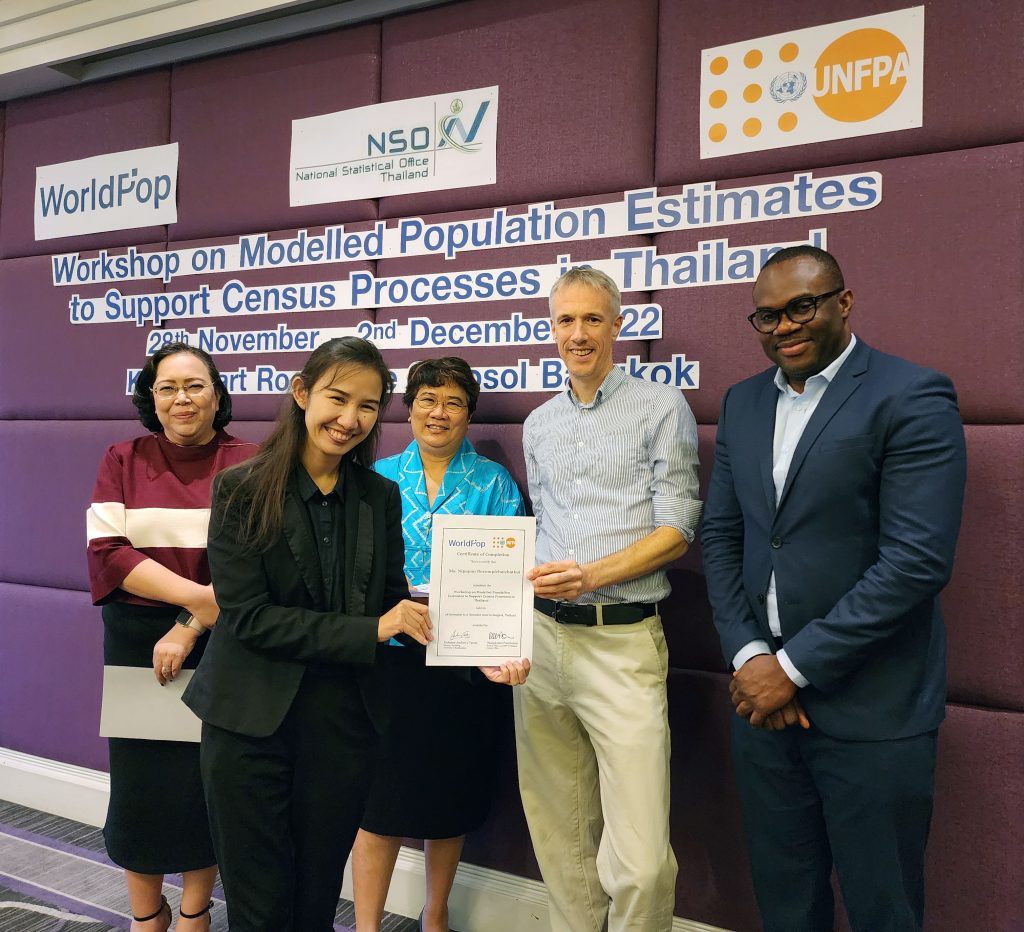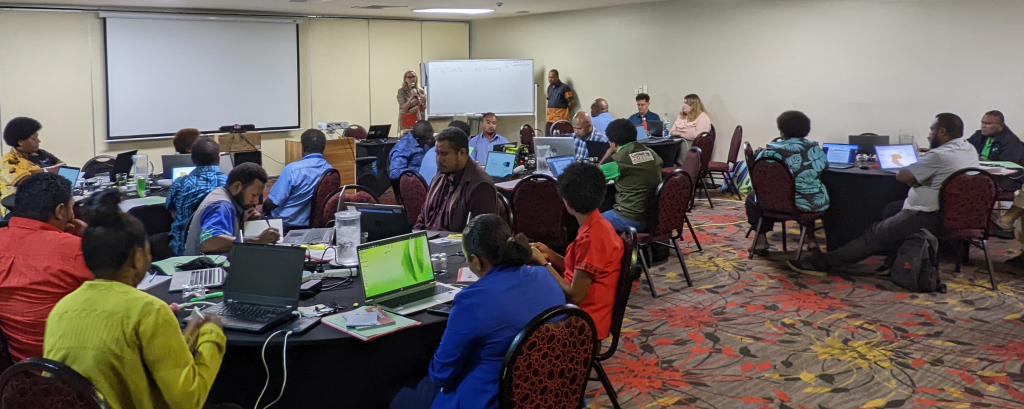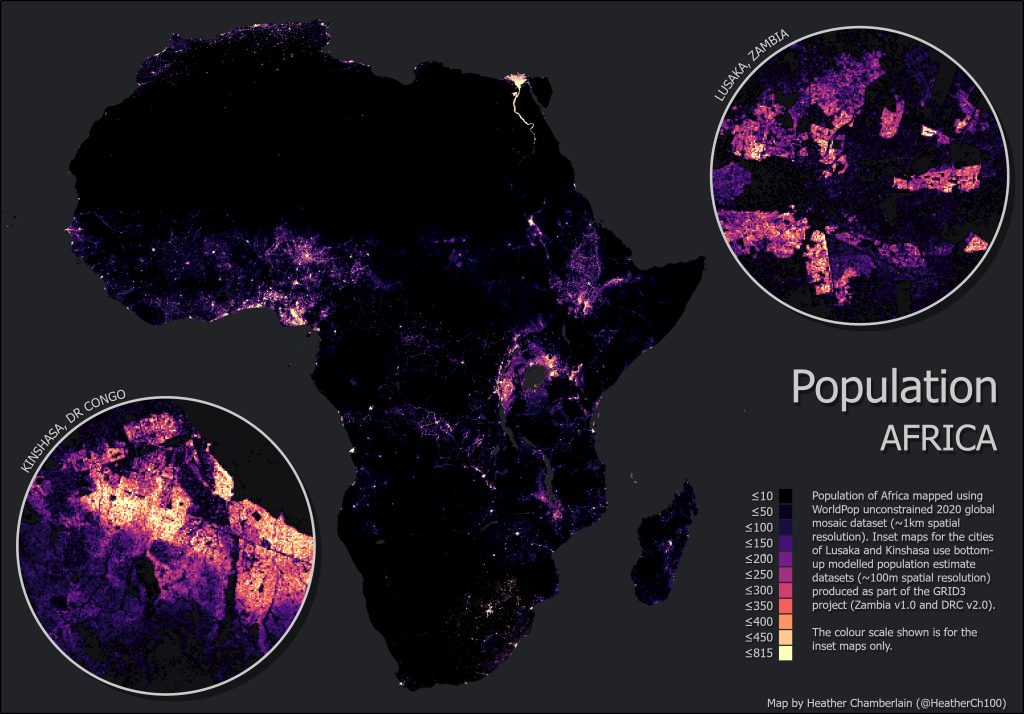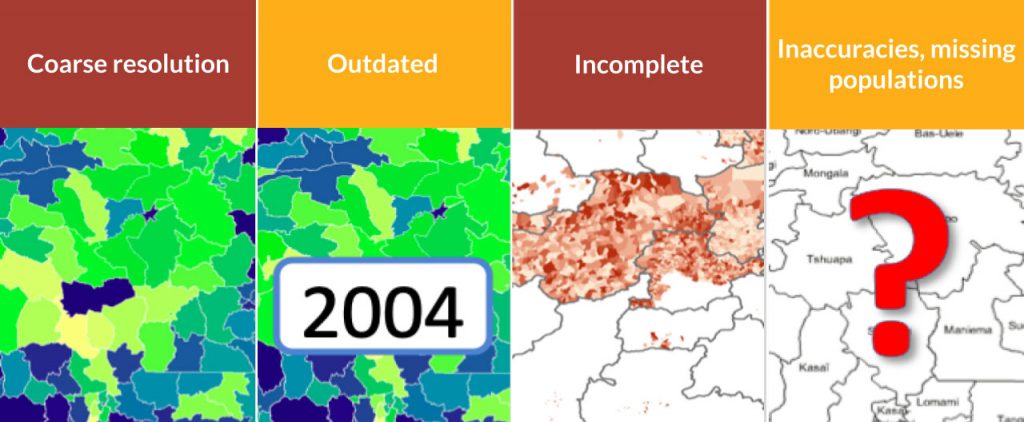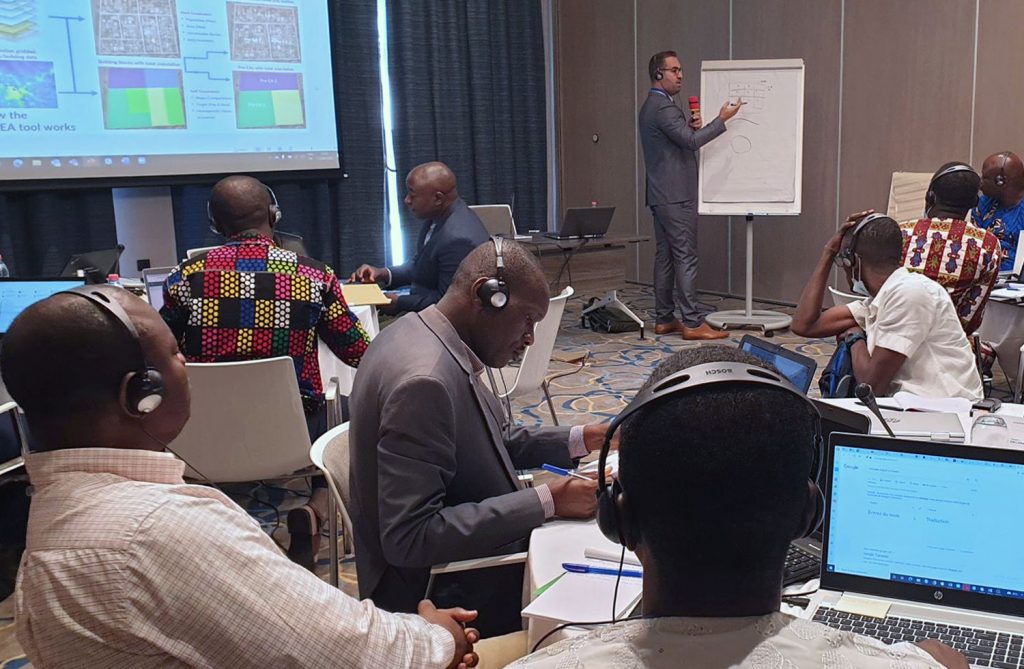A virtual preEA workshop for the Guinea and Benin
Earlier this week Senior Research Fellow, Dr Sarchil Qader led an intensive 2-day bi-lingual virtual training workshop to strengthen Benin’s and the Republic of Guinea’s geospatial skills as both countries prepare to conduct their national censuses. Dr Qader gave step-by-step guidance to cartographers from Benin’s National Institute of Statistics and Demography (INStaD) and the Republic […]
A virtual preEA workshop for the Guinea and Benin Read More »


